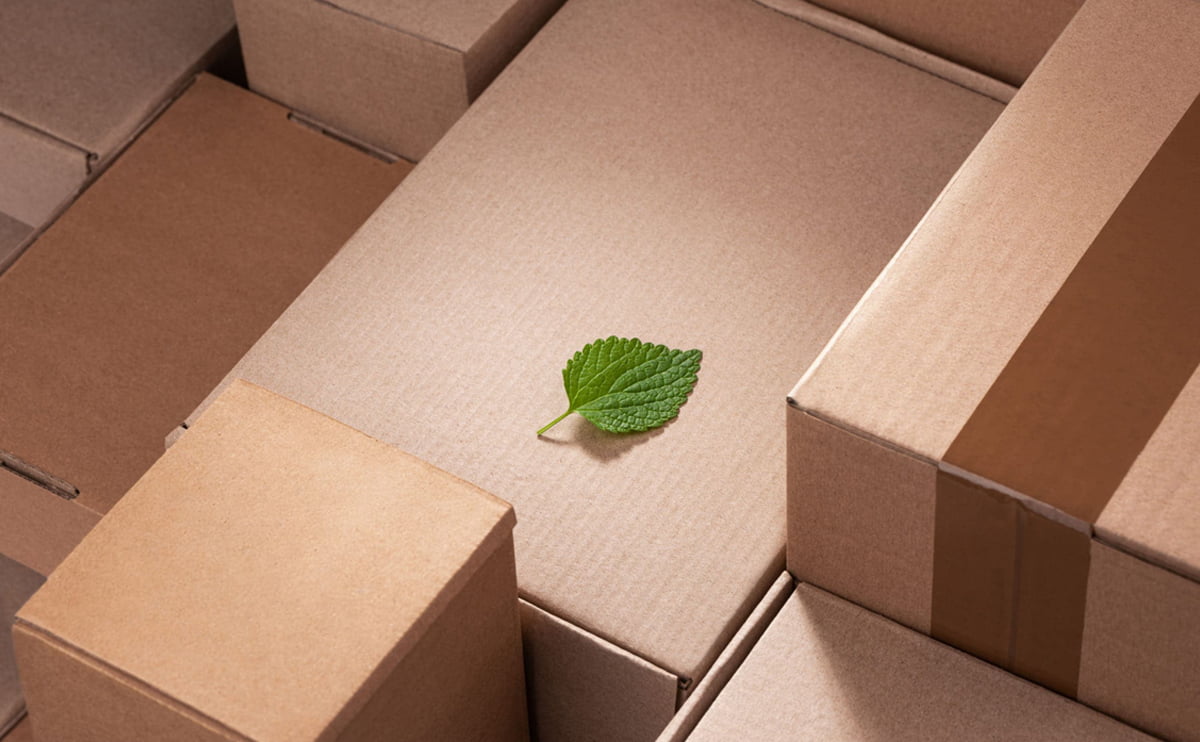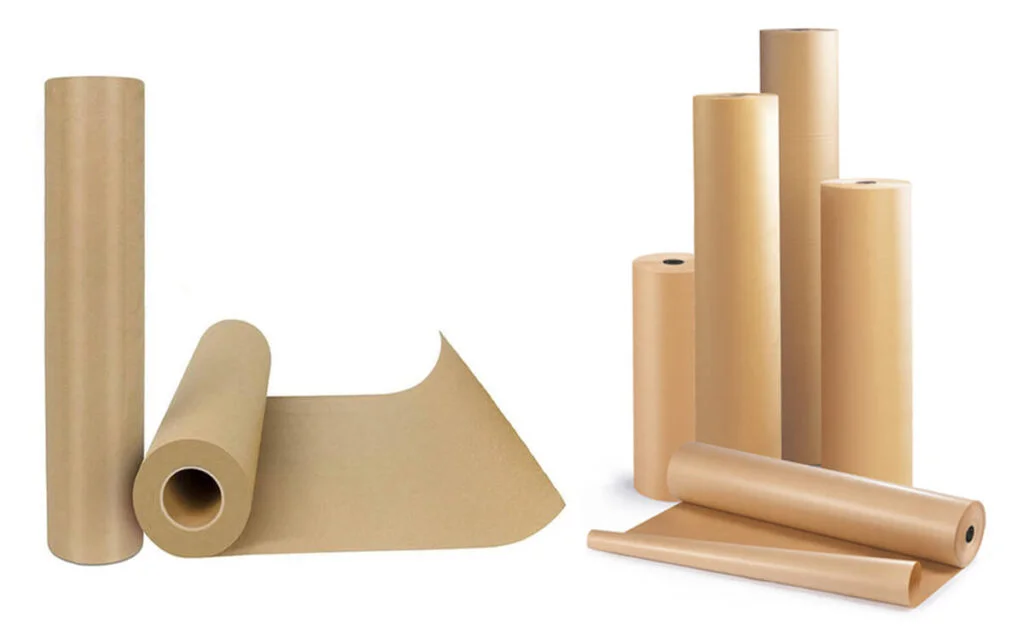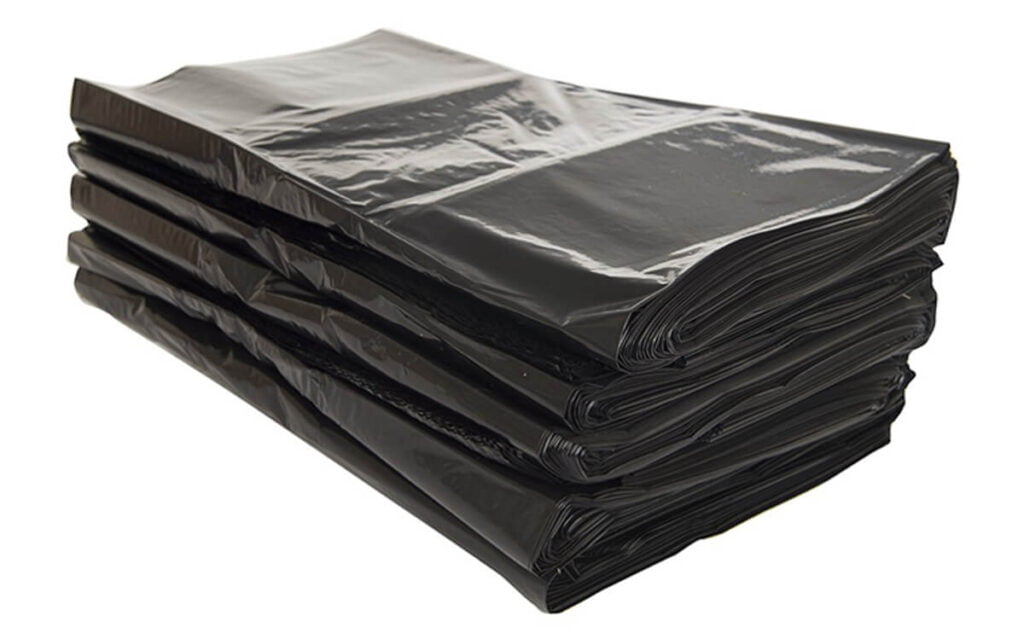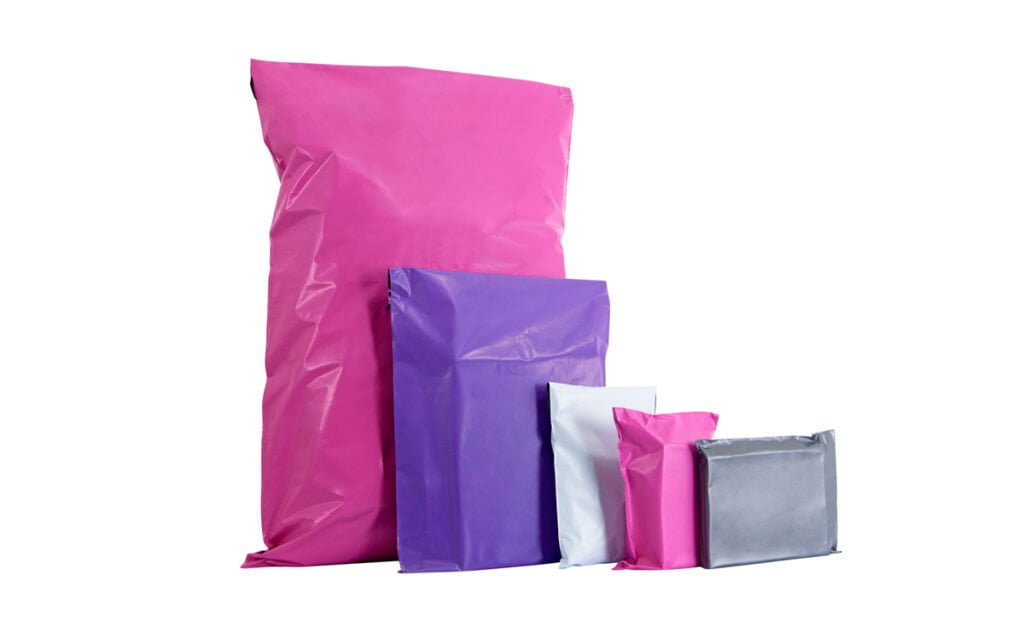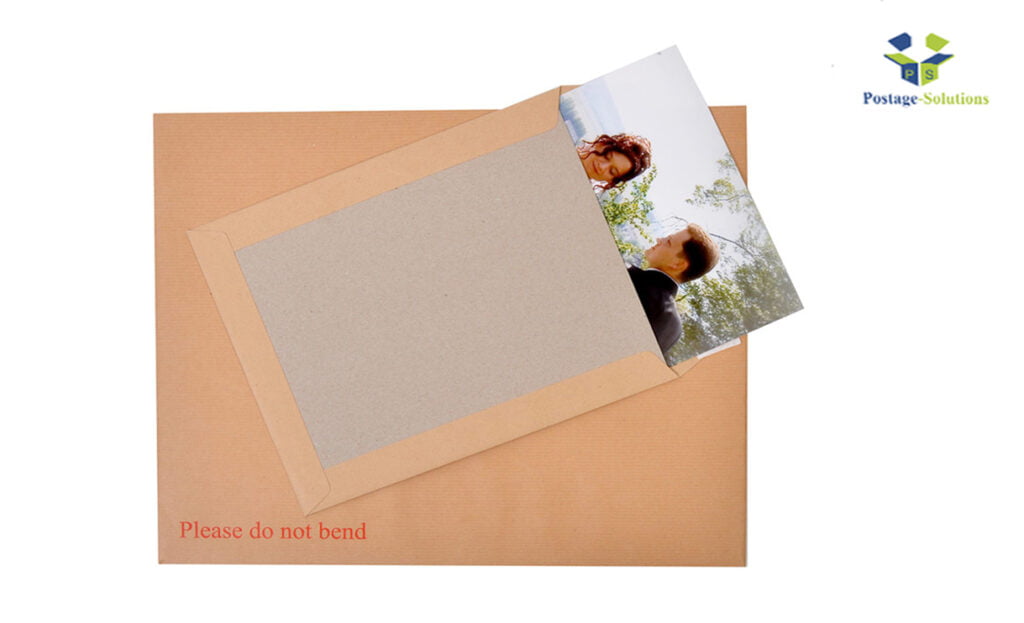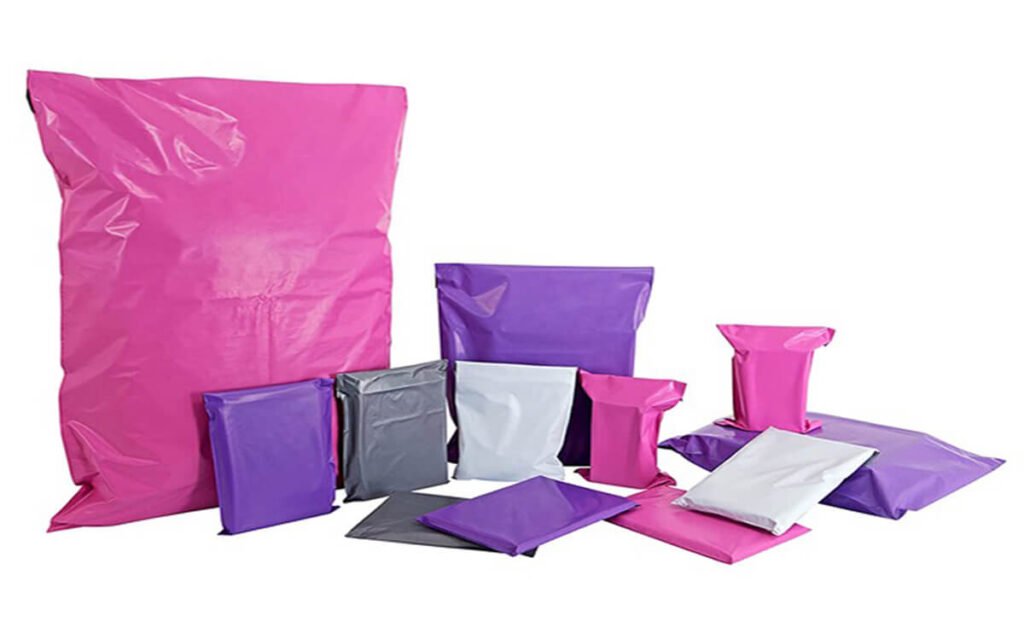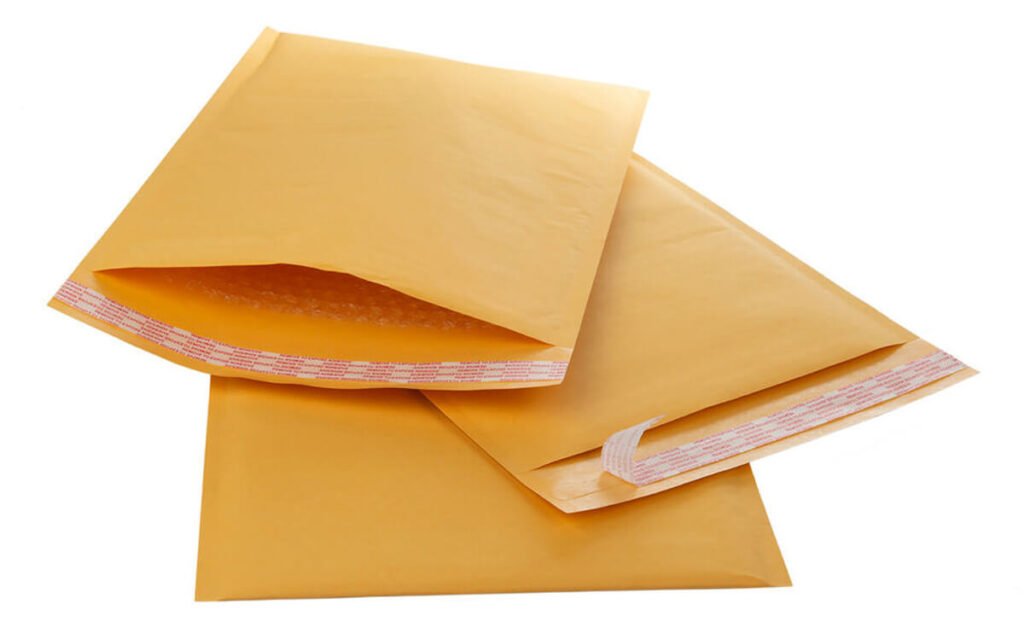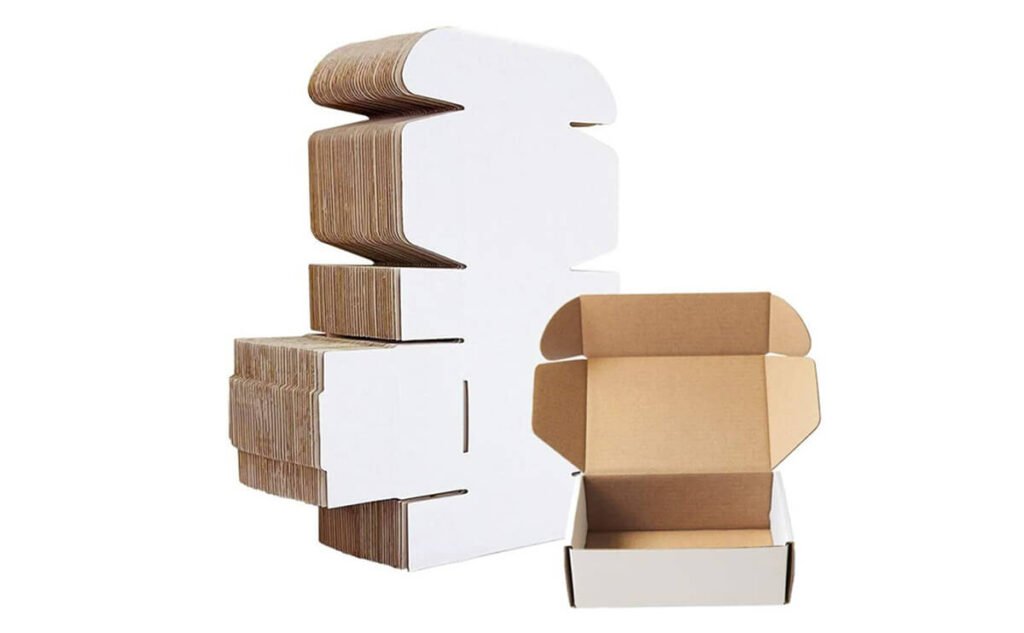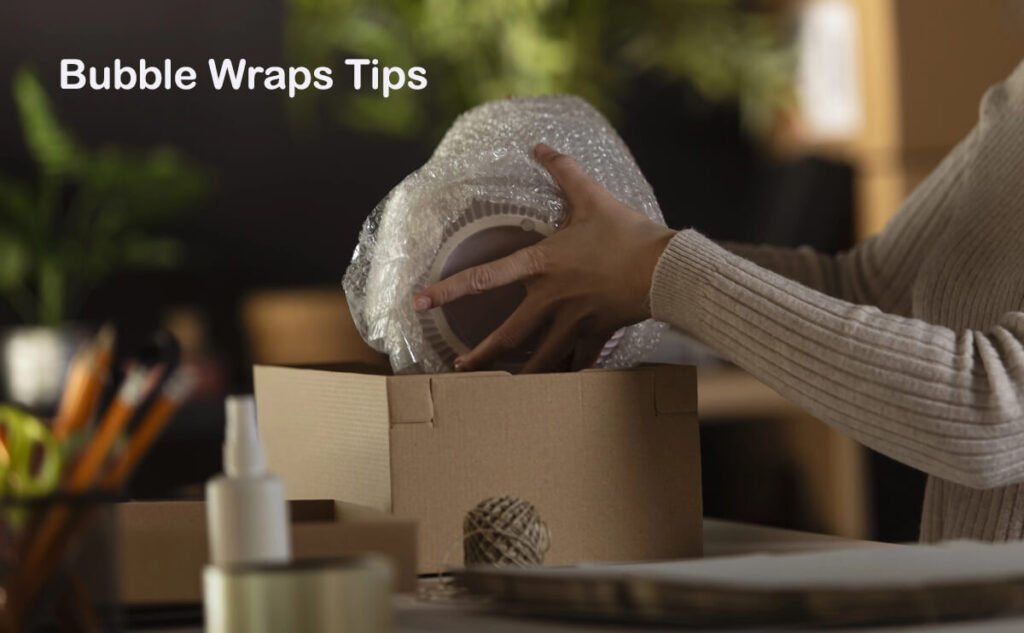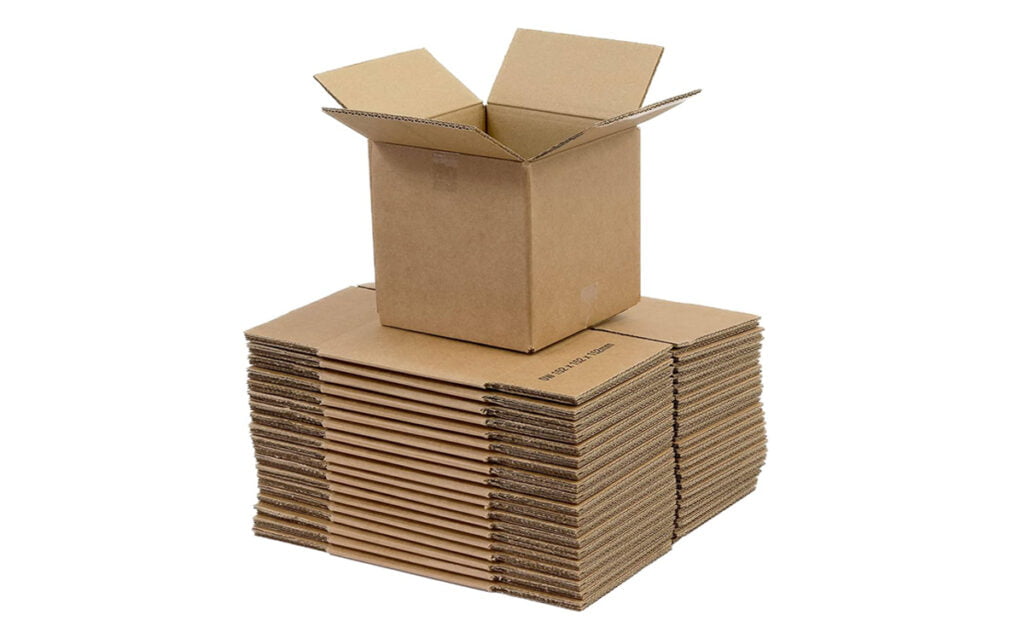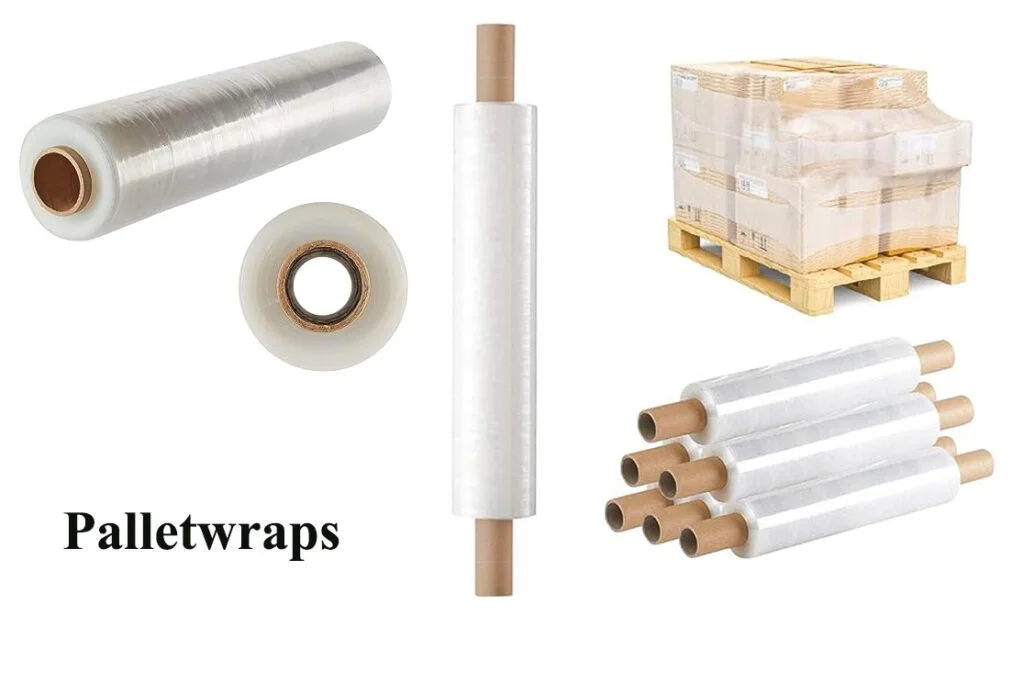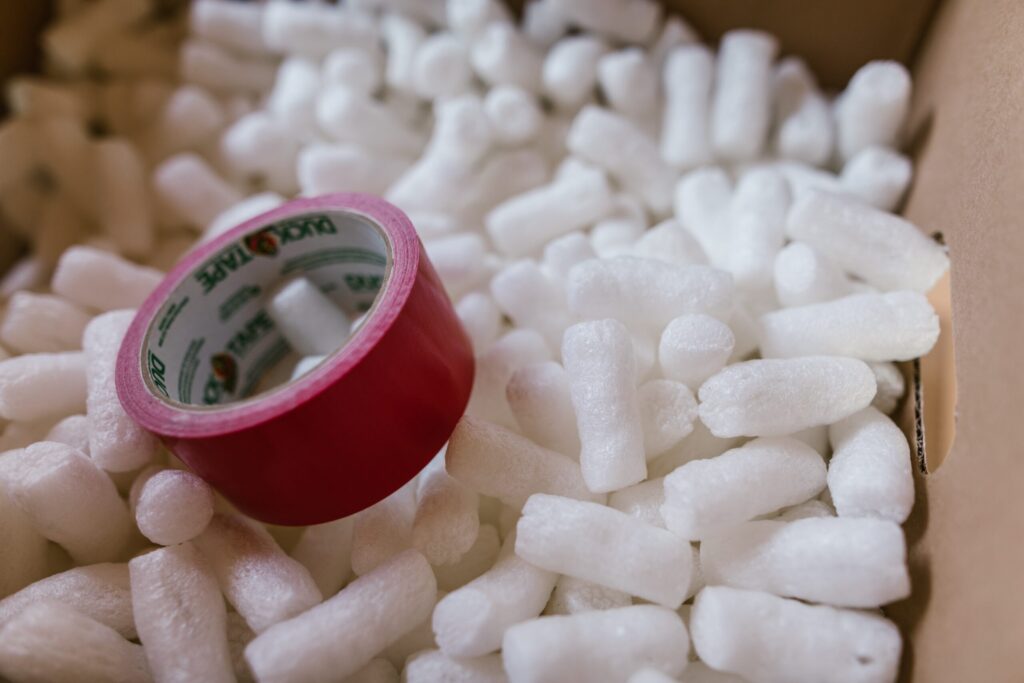Eco Friendly Packaging Products: Sustainable Solutions for a Greener Future
Introduction
In today's world, where environmental consciousness is at its peak, businesses and individuals alike are seeking ways to reduce their ecological footprint. One significant area of concern is packaging materials, as traditional packaging often contributes to environmental degradation. However, the emergence of eco-friendly packaging products has provided a sustainable solution that aligns with the global drive for a greener future. In this article, we will explore the various eco-friendly packaging products available, their benefits, and how they contribute to a more sustainable world.
Eco Friendly Packaging Products: An Overview
Eco-friendly packaging products are designed with the environment in mind. These materials are sourced, manufactured, and disposed of in ways that minimize harm to the planet. By utilizing renewable resources, reducing waste, and encouraging recycling, eco-friendly packaging products have become a vital component of sustainable practices across industries. We have wide range of Eco-friendly packaging products like Corrugated bags, Royal mail PIP Boxes, Board Backed Envelopes, Corrugated Rolls, Masking Tapes, Paper Packing Tapes, Postal Boxes, packing peanuts, business envelopes
The Rise of Eco Friendly Packaging Products
Shifting Consumer Preferences
The increased awareness about the detrimental impact of traditional packaging materials has driven consumers to demand eco-friendly alternatives. In recent years, there has been a significant shift in consumer preferences towards brands that prioritize sustainability. By adopting eco-friendly packaging products, businesses can attract environmentally-conscious consumers and enhance their brand image.
Government Regulations and Initiatives
Governments around the world have recognized the need to address packaging waste and have implemented regulations and initiatives to encourage the use of eco-friendly materials. These measures include levies on non-recyclable packaging, incentives for eco-friendly packaging manufacturers, and the promotion of recycling infrastructure. Compliance with these regulations not only helps businesses avoid penalties but also demonstrates their commitment to sustainability.
Advancements in Packaging Technology
Advancements in packaging technology have played a crucial role in the development of eco-friendly packaging products. Innovative solutions such as biodegradable materials, compostable packaging, and plant-based alternatives have revolutionized the industry. These products offer comparable functionality to traditional packaging while significantly reducing the environmental impact.
Types of Eco Friendly Packaging Products
There is a wide range of eco-friendly packaging products available, each offering unique advantages in terms of sustainability and functionality. Let's explore some of the most popular options:
1. Biodegradable Packaging
Biodegradable packaging is designed to break down naturally over time, returning to the environment without causing harm. These materials are typically made from plant-based sources, such as cornstarch, sugarcane, or bamboo. Biodegradable packaging reduces reliance on fossil fuels and minimizes the release of greenhouse gases during production.
2. Compostable Packaging
Compostable packaging goes a step further than biodegradable packaging by not only breaking down but also providing valuable nutrients to the soil when composted. These materials are made from organic matter such as paper, wood pulp, or plant fibers. Compostable packaging is an excellent choice for products that are likely to end up in composting facilities or home compost bins.
3. Recycled Packaging
Recycled packaging utilizes materials that have already been through the production cycle once. This includes post-consumer recycled materials (PCR) and post-industrial recycled materials (PIR). By using recycled packaging, businesses reduce the demand for virgin materials and help divert waste from landfills.
4. Renewable Packaging
Renewable packaging is made from resources that can be replenished naturally, such as bamboo, hemp, or sugarcane. These materials have a significantly lower carbon footprint compared to their non-renewable counterparts. Renewable packaging offers an environmentally-friendly alternative without compromising on durability and functionality.
5. Minimalist Packaging
Minimalist packaging focuses on reducing the overall amount of packaging material used. By eliminating unnecessary layers and components, minimalist packaging minimizes waste and reduces the environmental impact. This approach is particularly relevant for e-commerce businesses where packaging efficiency is crucial.
Benefits of Eco Friendly Packaging Products
The adoption of eco-friendly packaging products brings forth numerous benefits that contribute to a more sustainable future:
- Environmental Preservation: Eco-friendly packaging reduces the consumption of non-renewable resources and minimizes pollution, helping preserve the environment for future generations.
- Reduced Carbon Footprint: By utilizing renewable materials and reducing waste, eco-friendly packaging products significantly lower the carbon footprint associated with traditional packaging.
- Enhanced Brand Image: Brands that prioritize sustainability through eco-friendly packaging products are viewed favorably by environmentally-conscious consumers, leading to increased customer loyalty and positive brand perception.
- Cost Savings: While eco-friendly packaging products may have a slightly higher upfront cost, businesses can save money in the long run through reduced waste, recycling incentives, and favorable customer perception.
- Regulatory Compliance: Adopting eco-friendly packaging products ensures compliance with government regulations and positions businesses as responsible corporate citizens.
Frequently Asked Questions (FAQs)
1. What are the key considerations when choosing eco-friendly packaging products?
When choosing eco-friendly packaging products, it is essential to consider factors such as material sourcing, recyclability, compostability, and product compatibility. Assessing the life cycle of the packaging, including its production, use, and disposal, helps make an informed decision.
2. Are eco-friendly packaging products as durable as traditional packaging?
Yes, eco-friendly packaging products can be just as durable as traditional packaging. Advances in packaging technology have allowed the development of eco-friendly materials that offer comparable strength, protection, and functionality.
3. How can businesses promote eco-friendly packaging to their customers?
Businesses can promote eco-friendly packaging by clearly communicating their sustainable practices through labeling, marketing materials, and online platforms. Educating customers about the environmental benefits of using eco-friendly packaging encourages them to make environmentally-conscious choices.
4. Are eco-friendly packaging products more expensive?
While eco-friendly packaging products may have a slightly higher upfront cost, the long-term benefits, such as reduced waste disposal fees and favorable customer perception, can offset these expenses. Additionally, as the demand for eco-friendly packaging increases, economies of scale are likely to drive down prices.
5. How can individuals contribute to the use of eco-friendly packaging products?
Individuals can contribute to the use of eco-friendly packaging products by actively choosing products packaged with sustainable materials, recycling packaging properly, and supporting businesses that prioritize sustainability. By making conscious choices, individuals can drive demand for eco-friendly packaging and encourage further adoption.
6. What is the future outlook for eco-friendly packaging products?
The future outlook for eco-friendly packaging products is promising. With increasing awareness and regulatory support, the demand for sustainable packaging solutions is expected to grow. Continued advancements in packaging technology will drive innovation, making eco-friendly options more accessible and cost-effective.
Conclusion
Eco-friendly packaging products offer a sustainable solution to the environmental challenges posed by traditional packaging materials. By embracing biodegradable, compostable, recycled, renewable, and minimalist packaging options, businesses and individuals can contribute to a greener future. The benefits of eco-friendly packaging extend beyond environmental preservation, encompassing enhanced brand image, cost savings, and regulatory compliance. As consumers and businesses continue to prioritize sustainability, eco-friendly packaging products are set to become the norm, driving positive change and paving the way for a more sustainable world.










